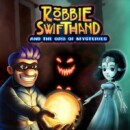
Developer: Pixel Reign
Publisher: Kiss Publishing
Platform: Switch, PC, PS4 (TBA), Xbox One (TBA)
Tested on: Switch
Robbie Swifthand and the Orb of Mysteries – Review
Grab your burglar mask and get ready for a hardcore 2D platformer that will mess with your mind and test your skills: Robbie Swifthand is finding his way to consoles near you. Is this game a treasure worth stealing or is it a trap to avoid?
Story
In the short but sweet opening cut scene, our protagonist thief Robbie Swifthand –the unofficial love child of Wario and Robbie Rotten- finds himself inside a temple where he meets a mysterious, but friendly spirit. Robbie’s new ghost friend informs Robbie of a prophecy where he has to defeat a great evil by collecting and uniting three artifacts but the thief is more interested in any treasure he can loot along the way. It’s presented in a light-hearted and humorous manner, and between every few rooms, another of these story cutscenes happens. As you progress through the game, the plot deepens and more characters are introduced as a result of events that are set in motion. Of note is the fact that Robbie himself isn’t interested in the events around him. He responds with apathy when tasked with saving the day, but mention treasure and his eyes will light up as he imagines himself a much wealthier man than he is now.
Graphics
At first glance, the graphics look deceptively simplistic. The detail is key here, however. Look closely at Robbie while playing the levels, for example, and you’ll see he reacts to the environment in a way that most video game characters don’t. His eyes will follow nearby threats and his expression changes depending on the situation he is in. This makes the character feel much more alive and less like an empty, animated shell that runs around a flat lifeless environment.
Just like Robbie himself, that environment also feels more real than it should. One thing that particularly stands out is the lighting details. Not only do glowing objects cast their own colors, but a lot of thought has gone into the direction that the light enters the rooms and the way it affects how everything looks and the way it affects how everything looks. There is a beauty to the simplicity that is presented here, but it’s easy to miss as you rush through the rooms.
Sound
Just like the graphics, a lot of attention went into the details of the sounds. The effects used add to the depth, as a metal axe swooshing sounds like a metal axe swooshing, and the sound of stonework crumbling before falling down feels natural as well. Robbie himself grunts, groans and responds to the environment. In dialogue scenes, all the characters talk gibberish –though emotion is conveyed through intonation. It feels very old school, although everything sounds crisp and clear. Meanwhile, the music suits the environment you are exploring. Sometimes, it captures that Indiana Jones– feeling to a tee, feeling adventurous and full of energy. At other times, it’s much, much calmer, although this can actually make a room feel much tenser.
Gameplay
Playing as Robbie, you are tasked to explore the rooms of the temple, each of which is a 2D platforming puzzle that you can freely move around in. The objective is the same for each room. You must find the orb, throw it into the glowing portal in order to open the door to the next room, and then make it to that door. Of course, there’s also hidden coins to find and collect along the way. This is easier said than done, as the rooms are filled to the brim with obstacles and unexpected traps. Spikes burst from the floor, axes swing around you and bricks drop from the ceiling as you make your way through the room. Most of these obstacles will require careful timing and quick reflexes to avoid –if you see them coming, that is, as a lot of them are hidden until you trigger them. There is little need to memorize the location of a hidden obstacle that killed you, however. After Robbie becomes the victim of a trap, you’ll see the ghostly form of a dead Robbie, as a grim reminder where you died. Death comes fast in Robbie Quickhand, and Pixel Reign didn’t go out of their way to make the deaths look as gruesome as appropriate. Blood is splattered across walls when our hero meets his untimely demise, sometimes in hilarious ways.
After each death, a counter pops up on screen to remind you just how many times you died already –in the overall game, not on that particular stage. This counter will quickly reach into the hundreds as you attempt to figure out how to get past a particular trap. Once you do though, it feels very rewarding. Make no mistake: this isn’t an easy game. The game is frenetic and unforgiving, and death is around every corner. Although most rooms are small enough and can be completed in under a minute, if you manage to avoid all the traps, you’ll likely spend some time in the more difficult ones, as you keep getting killed over and over again. Should you ever get stuck in a room, however, don’t fret: there are several pathways to reach the end of the temple, and you can simply go back and try to get through a different room instead. There is a delicate balance between frustration and addictiveness here, and it’s clear that a lot of thought didn’t just go into the design of the rooms, but also in what order they can be visited.
There is a lot of content here, with various worlds that each bring their own elements to the table. Each world introduces new traps and obstacles, affecting the way the game plays. Completing each world will also unlock new abilities for our kleptomaniac friend. The first world will grant him with new footwear that allows a double jump. Revisiting older worlds with the new abilities can make it easier to collect those hidden coins, something completionists might look forward to.
One thing that does feel counterintuitive at first, at least in the Switch version, are the controls. Using the Y-button to throw orbs, and the B-button makes sense. Using that same B-button to make selections in the menu and click through dialogue, rather than the more common A-button takes a while to get used to. This could’ve been avoided if it was possible to change the control scheme, but sadly, the game does not offer this option. Controlling Robbie with the joystick feels a bit too sensitive, and using the buttons doesn’t really feel right either. Things felt a lot more natural when using the D-pad on the Switch Pro Controller so keep that in mind when you want to play this game on the go rather than on your TV.
Conclusion
Robbie Swifthand is a game that deserves your attention if you’re looking for a well-crafted challenge. It’s clear from the detail work how much love has gone into developing this game, and the result is worth your time. It’s funny, clever and difficult, but most of all, fun. At the time of writing, the PS4 and Xbox One versions of the game have been announced and will be available in the near future. If you don’t want to wait to enter the temple, you can do so today on Steam and Switch.
Robbie Swifthand and the Orb of Mysteries - Review,
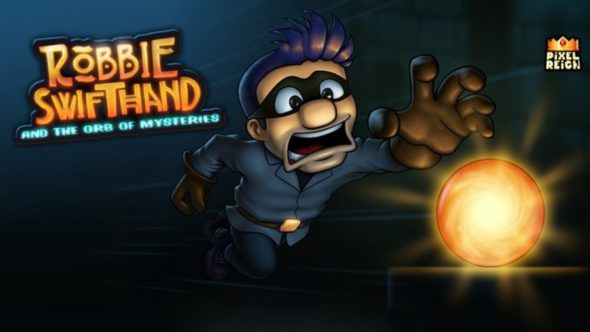
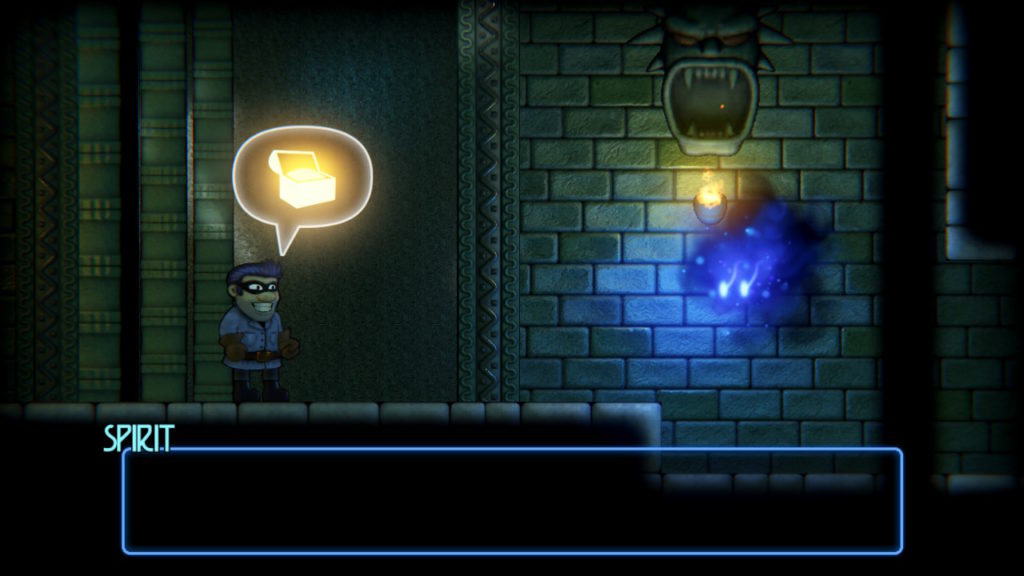

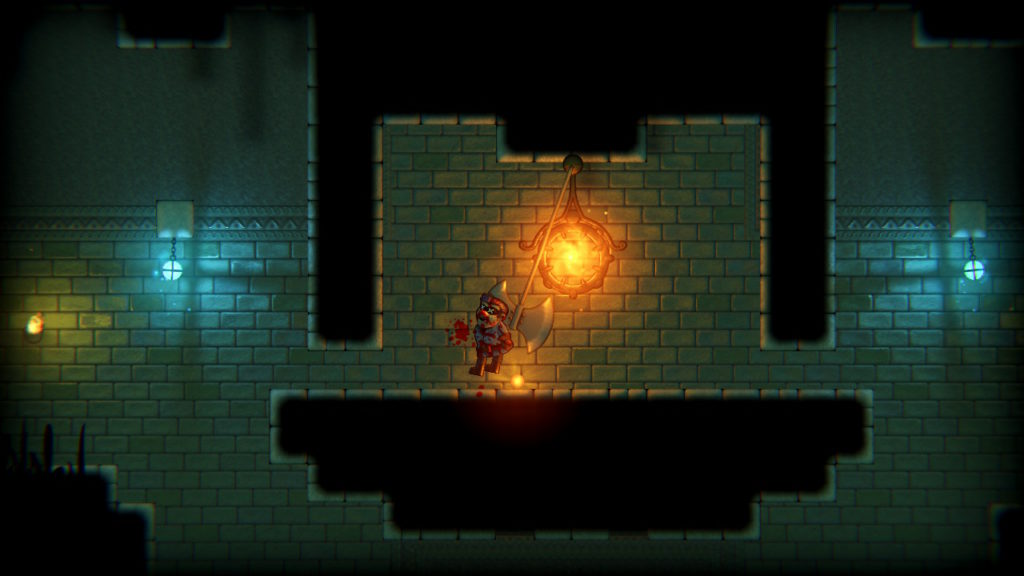
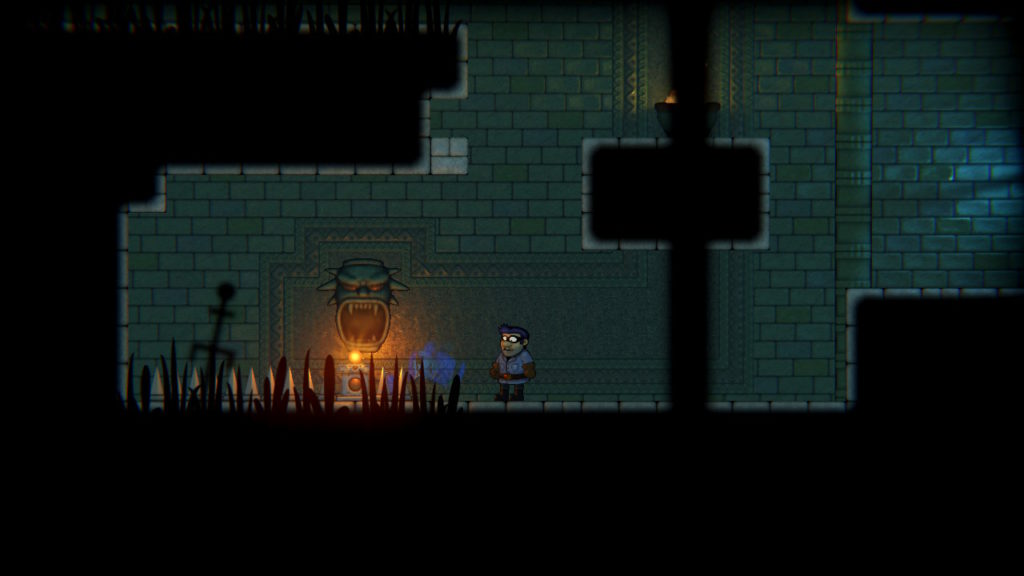
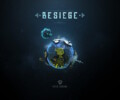
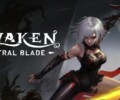


No Comments